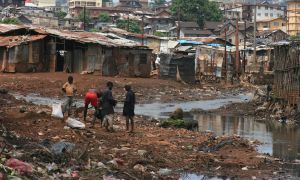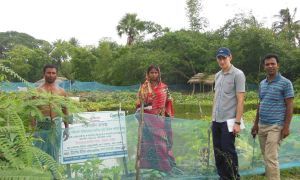
Read our 2023 annual report

Knowledge Hub
Disaster Risk Reduction Programming in riverine areas
This publication is a synthesis of lessons from more than a decade of Concern Worldwide’s Disaster Risk Reduction (DRR) programming in riverine geographic contexts.

Based on research in Zambia, Pakistan, Bangladesh, and Mozambique, this publication describes Concern’s approach to DRR and offers lessons and guidance on how to use DRR to address hazards typically found in riverine areas. These may include seasonal floods, water erosion and water pollution, as well as secondary hazards such as water-borne disease.
The publication presents lessons learned in the following areas:
• Preparedness
• Natural resource management
• Structural measures
The publication is part of a series documenting Concern’s approach to disaster risk reduction. The series consists of five context papers focusing on DRR approaches in mountainous, dryland, coastal, urban, and riverine contexts. A sixth paper, 'Disaster Risk Reduction for Community Resilience', synthesizes conclusions from these context papers and identifies how Concern uses DRR to build community resilience. Key lessons are highlighted in the learning brief ‘What we have learned’. The series is the output of a two-year project documenting Concern's approach to DRR and involving empirical research across 10 countries.




